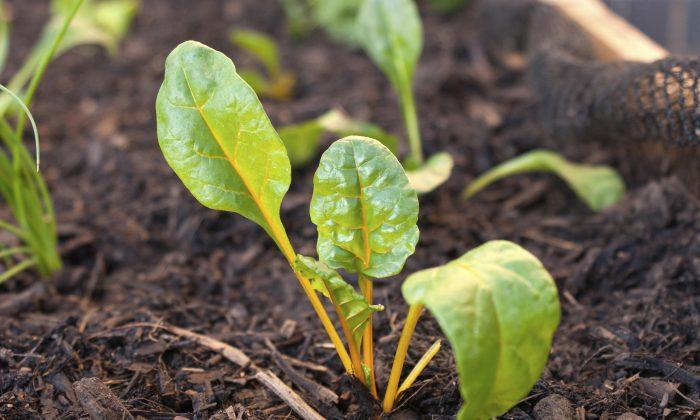To prepare for future droughts, researchers are looking at plants’ first line of defense: stress responses in different types of root cells.
“If you look across a range of different plant species they have very different levels of tolerance to drought,” says Roger Deal, a geneticist at Emory University. “There is clearly something genetic and physiological about those differences. We’re trying to understand the mechanisms at play for how plants deal with the stresses of weather extremes, and how they succeed or don’t succeed.”
The Deal lab is researching Medicago truncatula, a close relative of alfalfa.
Alfalfa is an important forage crop for livestock around the world and is also part of the legume family, so it serves as a model for an entire group of plants that are agriculturally relevant to humans.
“Plants can actually remember when they’ve been exposed to drought,” says Deal, who explains the phenomenon in the video above. "If you restrict the amount of water an alfalfa plant receives, it’s going to begin to wilt. Then, if you water it and bring it back to life, it’s basically more resistant to drought. We’re trying to learn the basis of this remembrance.
“Plants don’t have a brain, but somehow their cells remember when they’ve been exposed to drought so they can be ready when it happens again.”
‘Something Has Got to Give’
California produces two-thirds of the fresh fruits and vegetables consumed in the United States. As the worst drought in the state’s history continues, it is turning into a testing ground for how the world will cope with the clash of growing populations, dwindling water resources, and a changing climate.
“California has all of these water-intensive crops growing in a drought-stricken area where the groundwater is also drying up,” says Deal. “At the same time, the climate is changing. Obviously, something has got to give.”
Research into plant genetics is only one aspect of what we may need to do to cope in a world where weather extremes are becoming more common. The geography of agriculture may also have to change, along with people’s eating habits.
“We’ve gotten into this situation where we’re completely cut off from where our food comes from,” Deal says. “When we go to the grocery story, we expect to have a huge variety of fresh fruits and vegetables available, no matter the season. Maybe we should only be getting fresh peaches in the summer.”
Deal is among a consortium of scientists, funded by the National Science Foundation’s Plant Genome Research program, who are doing collaborative studies on how plants cope with weather extremes. One group in the consortium is looking at strains of rice, while another is focused on two different species of tomatoes, one wild and one domestic.
Source: Emory University. Republished from Futurity.org under Creative Commons License 4.0.




Friends Read Free